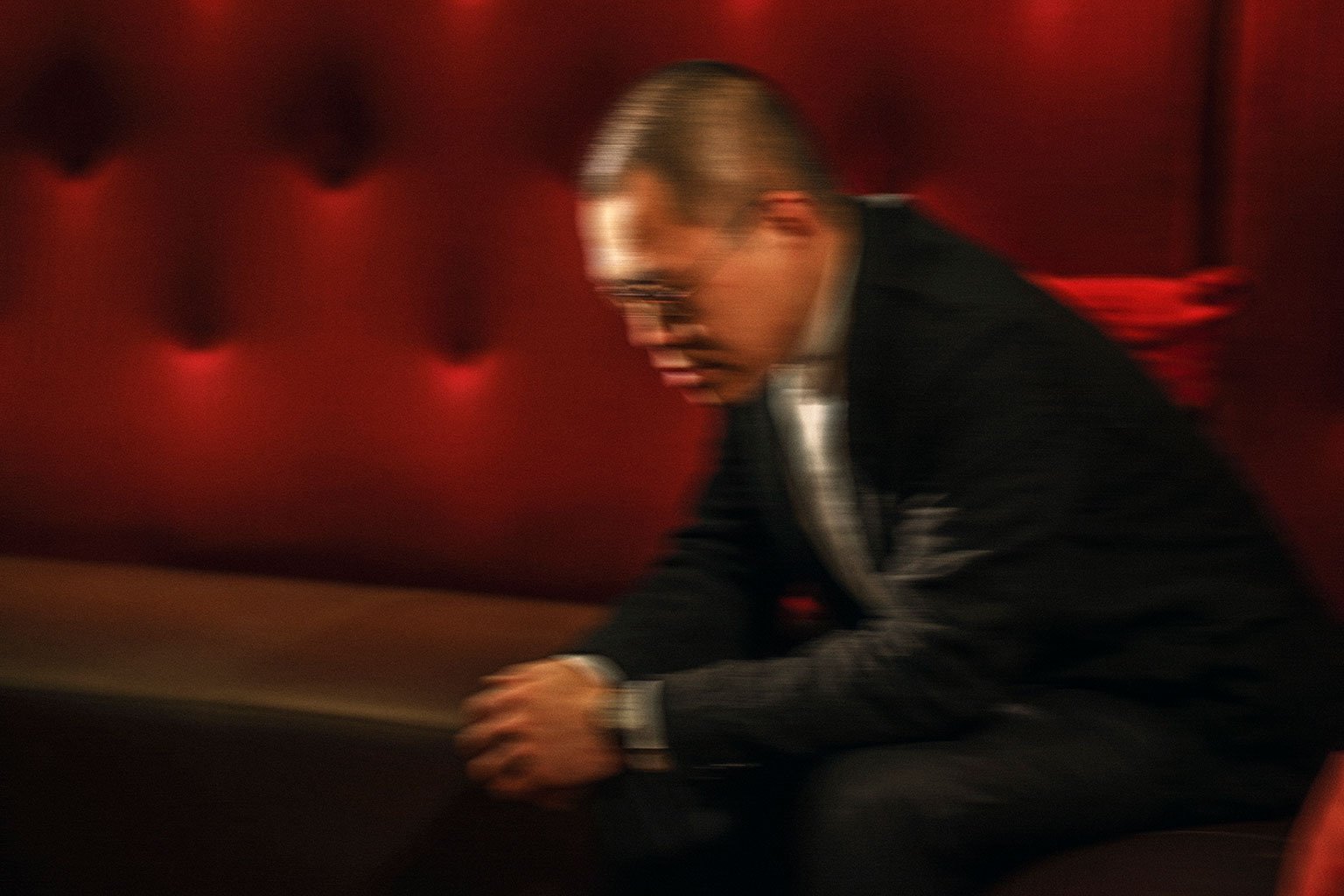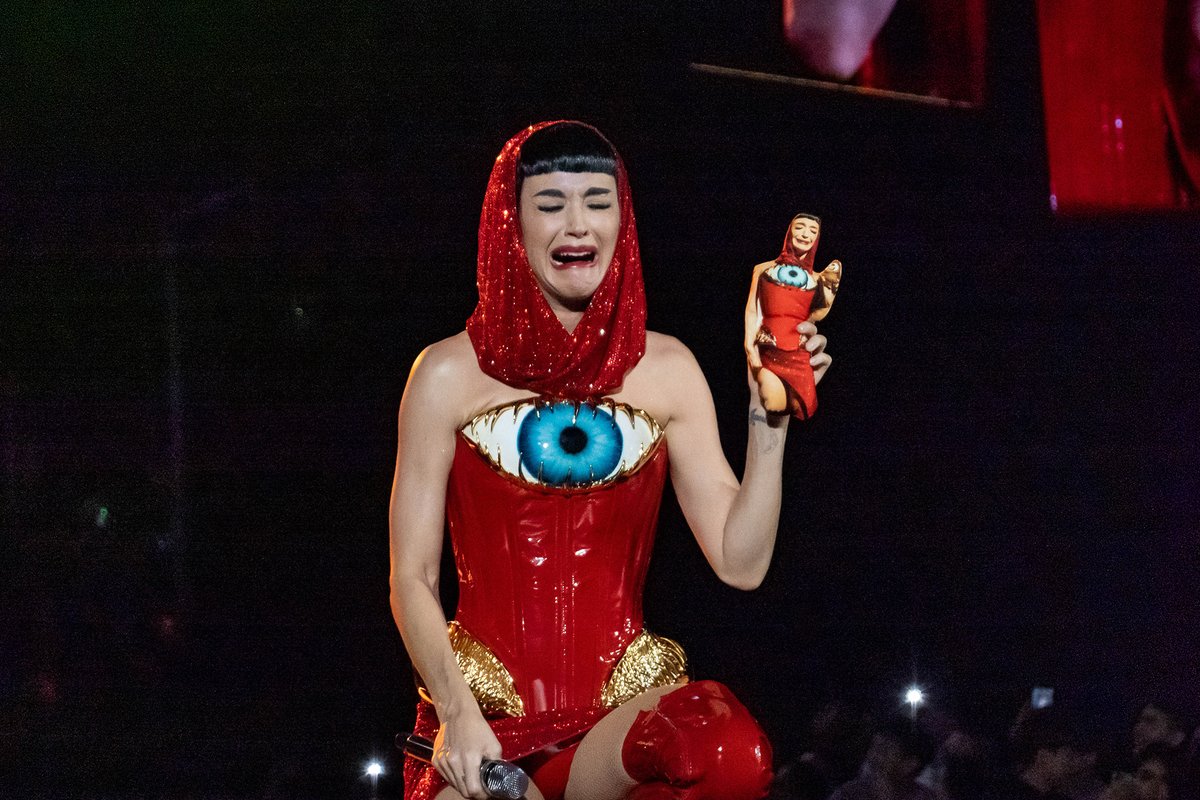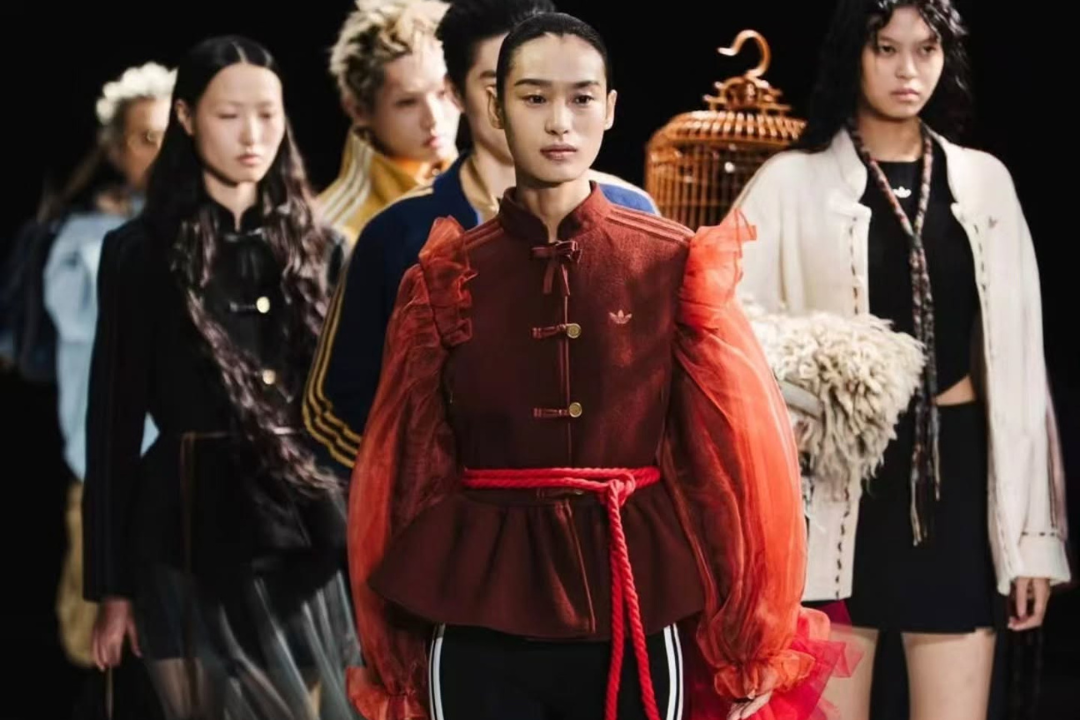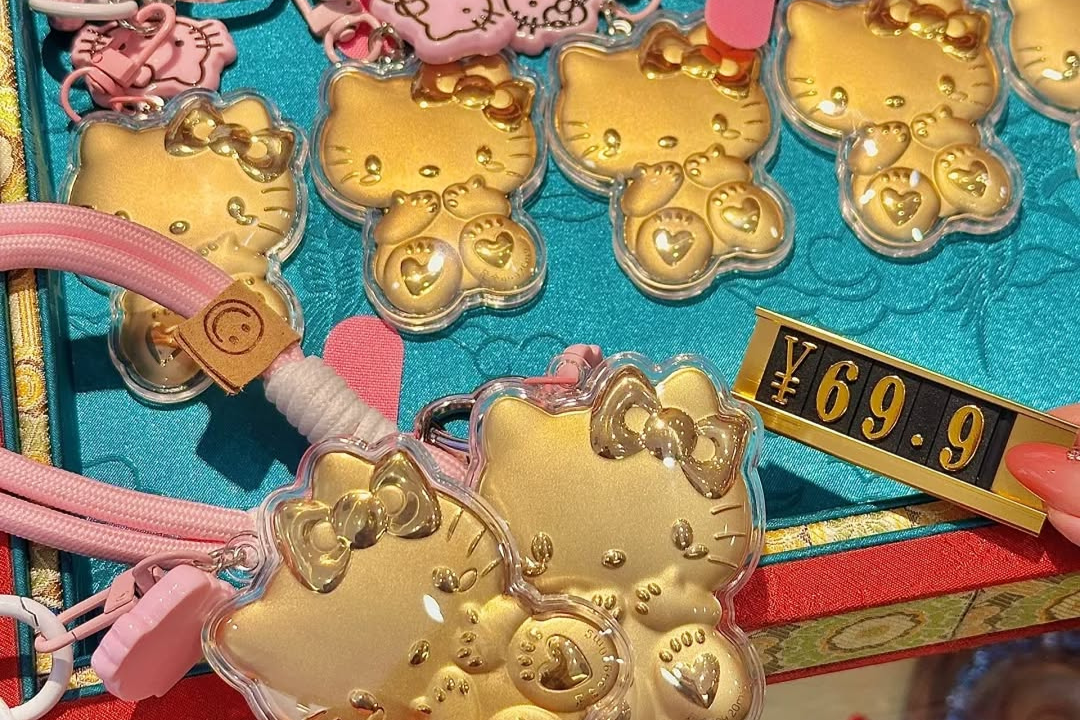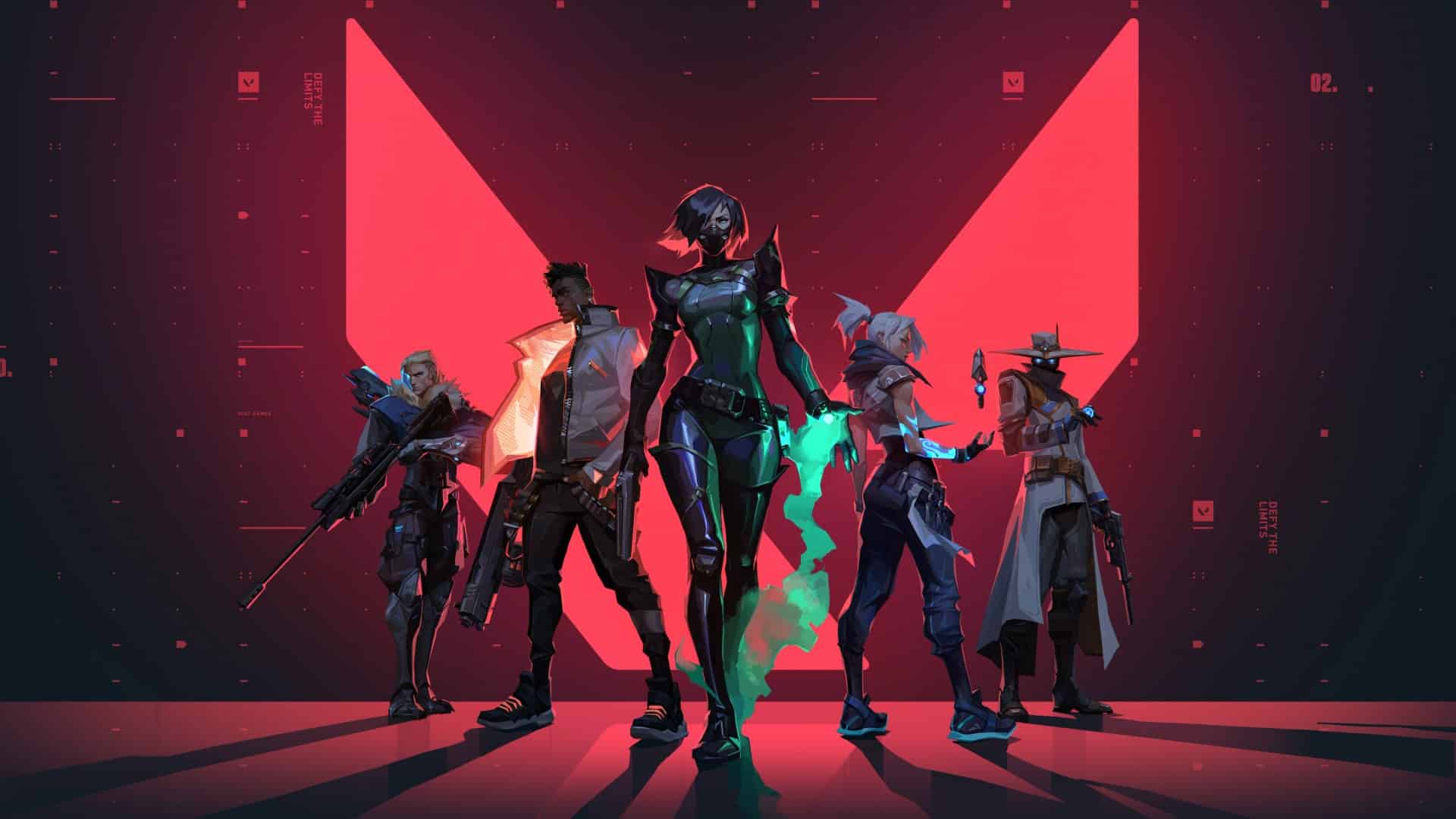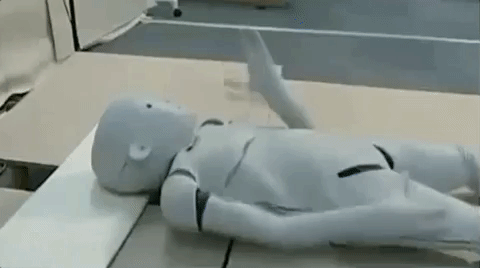The first week of one of China’s biggest annual political meetings is about to wrap up in Beijing, so here’s a quick-fire run-down on some of the big stories to emerge from the “Two Sessions” so far.
The “Two Sessions” refers to meetings of a pair of key organizations in China, the National People’s Congress and the Chinese People’s Political Consultative Conference. The former features lots of old Han Chinese men applauding lengthy speeches, while the latter features more lengthy speeches but this time with a smattering of celebrities. The meetings tend to dominate Chinese media coverage during their two-week run, while they’re generally accompanied by extra scrutiny of online and offline dissent. The Guardian calls the meetings “China’s greatest political spectacle”.
A big English-language propaganda push
You might not have heard of the “Two Sessions” before, and now that you have you might not care. Fair enough. But State news agency Xinhua has been hard at working trying to make the meetings seem like an event of international import. How? Well, for one thing by delivering this monstrosity:
 China’s Newest Propaganda Rap Video is Goddamn RidiculousChinese State media has – once again – released a rap music video in order to be cool with the young folkArticle Mar 04, 2019
China’s Newest Propaganda Rap Video is Goddamn RidiculousChinese State media has – once again – released a rap music video in order to be cool with the young folkArticle Mar 04, 2019
This latest propaganda hip hop video posed more questions than it answered, with the main one being “Why?!” Or, as our own Josh Feola more eloquently put it in Quartz‘s piece on this red rap fiasco:
Rather than catering to actual rap fans, trend-chasing youngsters or overseas English speakers, the clip was likely made with a different aim, at least according to Feola. He explains: “My assumption is that this English-language rap video with borderline nonsensical lyrics is actually geared towards a Chinese audience that’s not very familiar with hip-hop,” said Feola, to signal that the annual gathering—where the government reports on work carried out in the previous year and sets economic targets for the current year—is an event “with global recognition and contemporary cultural relevance.”
While Xinhua’s video department may be in need of some re-education, the infographic wing at CGTN (formerly CCTV International and an arm of China’s State broadcaster) may just have been sharing a few high-fives this week after their interactive examination of the meetings was widely shared (for more positive reasons than the rap) online. Entitled “Who runs China?”, the graphic wasn’t just a picture of Xi Jinping, but instead gave a run down on the make-up of the delegates attending in an attempt to show that the plenary sessions are becoming more representative.

CGTN’s “Who runs China?” interactive infographic
Technically more representative, sure, but work to be done it seems.
Finally, there was another video from Xinhua which came with the title “Chinese democracy in the eyes of an American”. It was not a US citizen reviewing Guns N’ Roses’ 2008 album:
As Eva Xiao wrote for AFP:
[Xinhua editor Colin] Linneweber was later ridiculed on Twitter for his role in the video, with some wondering whether he had been paid, while others criticised it as “shameful”, as the piece emphasises the democratic nature of the National People’s Congress, even though many of the bills it votes on are decided by party leaders prior to the session.
Bored celebrities
Using celebrities to make dull political meetings seem relevant is a tactic employed the world over, but you really need to remind them to look perky the whole time. Otherwise, you get shots like these:
Facial recognition on the people = good; facial recognition on CPC delegates = bad
China’s been pushing facial recognition tech in all kinds of areas in recent years, from banking to jaywalking to cat shelters. But one area it’s apparently not welcome is in the identification of Communist Party delegates. Twitter account @AirMovingDevice had scanned in images of official attendees to the “Two Sessions” and then used facial recognition technology to track them during media coverage of the event.
But on Tuesday came this disturbing Tweet:
I will be deleting all of my tweets and will no longer be tweeting or responding to DMs. All of my tweets were entirely based on my personal analysis using publicly available data, and did not involve other individuals. It is not my intention to subvert state or Party authority.
— Air-Moving Device (@AirMovingDevice) March 6, 2019
Fortunately, there’s since been a follow-up:
Update: Everything is fine with me and my family.
Thank you all for the kind messages. I apologize for not being able to respond.
I want to share two of my favorite poetry verses:
莫听穿林打叶声,何妨吟啸且徐行。竹杖芒鞋轻胜马,谁怕?一蓑烟雨任平生。
一点浩然气,千里快哉风。 https://t.co/WlcErEQAHs
— Air-Moving Device (@AirMovingDevice) March 6, 2019
If you want to see what all the fuss is about, many of the original messages have been archived here.
“Two Sessions” blue, eventually
You might not think that that’s particularly newsworthy, but in recent years big meetings in Beijing have been met almost unfailingly with brilliant blue skies. Coincidence or cloud seeding? Regardless, the first few days of this year’s “Two Sessions” were accompanied by a grey miasma. Fortunately, it seems someone eventually got the memo:
Sing it with me, Beijing!
“What a diff’rence a day made…
2975 little delegates” pic.twitter.com/NEYi2Hcf0k— Jeremiah Jenne (@JeremiahJenne) March 5, 2019
Cover photo: John Cameron on Unsplash




